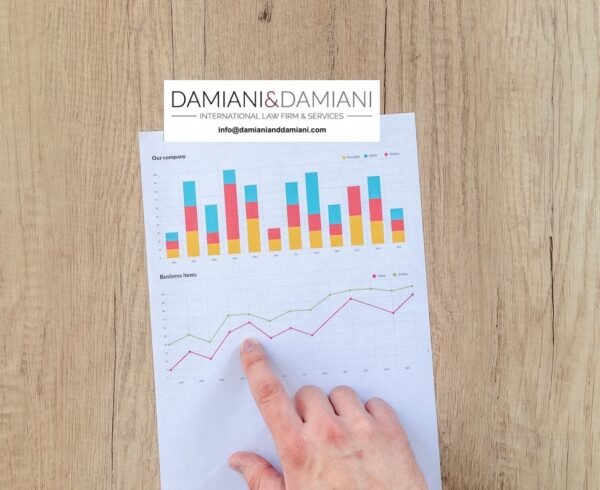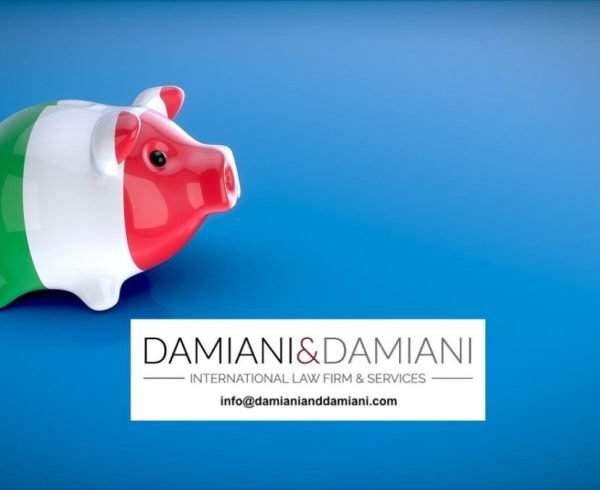International law regulates the phenomenon of double taxation, occurring when a company gets its profits taxed twice in what is called ‘international double taxation’. Profits are taxed firstly in the State where the company is resident or established, and secondly in the State where they are produced, through a secondary branch.
Agreements against double taxation regulating the phenomenon
To have a global picture of the common rules regulating the international taxation system applicable to corporate income tax, several countries have stipulated agreements against double taxation. At the same time, the EU has adopted the so-called ‘Mother-Daughter Directive’, or subsidiary regime. This directive establishes a neutral taxation system, from the point of view of competition, for groups of companies within different Member States. The aim of this regulation is to rule and uniform fiscal relations between parent companies with residence in a Member State, and subsidiary non resident companies with a secondary branch in a different State.
Content of the ‘Mother-Daughter’ Directive and sphere of application
The ‘Mother-Daughter’ Directive has established that, under certain conditions, profits distribution between parent and subsidiary companies based in different Member States is exempted from withholding taxes in the State of the subsidiary company.
The aim of the directive: eliminating double taxation on dividends and corporate profits
Exemption from withholding tax at source aims to eliminate double taxation on dividends, which would otherwise be taxed twice – firstly, through a withholding income tax in the State of establishment of the subsidiary company, and secondly in the State of residence of the parent company. Moreover, the directive has the purpose of eliminating double taxation on corporate profits, which are already subject to withholding on the company of production, with the additional risk of a second taxation on the income of physical persons in the form of individual dividends on the associate benefitting from them (credit method or exemption method).
Application of ‘mother-daughter’ directive on outbound dividends
The ‘mother-daughter’ directive is a favorable regime that allows:
- to not apply the withholding tax on outbound dividends distributed within the EU;
- the refund of the withholding tax applied on a company that received a dividend within the EU.
Requirements to benefit from the taxation regime established by the directive
In order for the ‘mother-daughter’ directive 2011/96/UE to find application it is necessary to respect the following conditions:
- the companies must essentially be capital companies;
- the parent company has to hold at least 10% of the shares in the subsidiary company distributing profits;
- the companies must be resident for fiscal purposes in a Member State of the EU;
- the companies must be subject to taxation in the State of residence, without option or exemption regimes unless limited in space and time;
- the parent company must hold the shares in its subsidiary for an uninterrupted period of at least two years.
When such conditions apply, the non-resident subject that received the dividends may alternatively request:
- the refund of the withholding tax operated by the subsidiary company (art. 27-bis par. 1, DPR n. 600/73);
or
- total exemption from application of withholding tax on outbound dividends (art. 27-bis par. 3 DPR n. 600/73).
The agreement between Italy and UK against double taxation and the ‘mother-daughter’ directive applied to the Court of Cassation decision 20646/2021
Despite the several normative resources to refer to, controversies on double taxation are not rare at all. A recent decision of the Court of Cassation (20646/2021) has recognised the right of a British company to benefit from the provision of art. 10, par. 4, letter b, of the agreement against double taxation between Italy and UK, in regards to dividends paid by an Italian company and received in 2003. From the procedural point of view, the so-called circular on the subsidiaries regime 2004/151/E, had already confirmed the foundation of this right.
Content of the agreement between Italy and UK against double taxation
Essentially, the agreement between Italy and UK against double taxation states that a company with residence in the UK holding shares for at least 10% of the Italian company paying the dividend, is entitled to an amount equalling 50% of the tax credit that would be recognised if the dividend had been received by a physical person in Italy. As we know, benefitting from such rights is subordinated to several conditions. In this case, the right is subject to the double condition that the dividend contributes to form the taxable income of the British company, and that the withholding tax (5%) provided by the agreement is applied. When filing the refund request as per the circular on the subsidiaries regime, the company had specified that the 5% withholding tax should have been applied both to the dividend and on the sum corresponding to the half part of the tax credit.
Circular on the mother-daughter directive in case of double taxation
According to the circular, in case the Italian subsidiary hasn’t applied the withholding tax on the dividend, the British parent company would be entitled to the same right to payment of the sum established in the convention, but the Italian treasury should have withheld 5% from the paid amount, calculated both on the amount of the dividends and on the tax credit. The decision of the Cassation Court stems from the fact that the request of the British company has not been granted by the Italian treasury.
Exclusion of alternative application between directive and convention
Ultimately, the Court of Cassation has stated that given the directive aiming to eliminate double taxation on dividends, the taxpayer company, having already received dividends exempted from withholding tax, is allowed to ‘swap’ this regime with that of credit refund, provided by the convention. The Court of Cassation has established a principle that may also be valid in different circumstances – that is to say, there is not a general principle of ‘alternative’ between directives and conventions against double taxation. A taxpayer who has already benefited from the effects of a directive may, at a later time, apply a more favorable international convention through a refund request. The only limit to this principle is that it cannot be applied when explicitly forbidden by the directive or by the convention rule against double taxation.
Mutual Agreement Procedure – MAP – for the settlement of controversies concerning double taxation
The above described case concerns a dispute dating back to 2003 and it is useful to establish a principle. However, the procedure is too lengthy to solve juridical problems concerning legitimate interests, especially with the rise of economic fluxes of digital markets. The increase of online markets is taking its toll on the endurance of today’s fiscal systems. Because of the phenomenon of erosion of the tax base through profit shifting, these systems are not able to guarantee that profits are taxed where the economic activities take place and the value is created. For this reason are MAP procedures more and more used as a method of resolution of international fiscal controversies. Such procedures establish the direct consultancy among tax administrations of the contracting countries. Fiscal offices, through their own designated authorities, dialogue in order to settle an international fiscal dispute. Such disputes may concern cases of double taxation, exact interpretation or application of the rule of an international convention against double taxation, etc.














